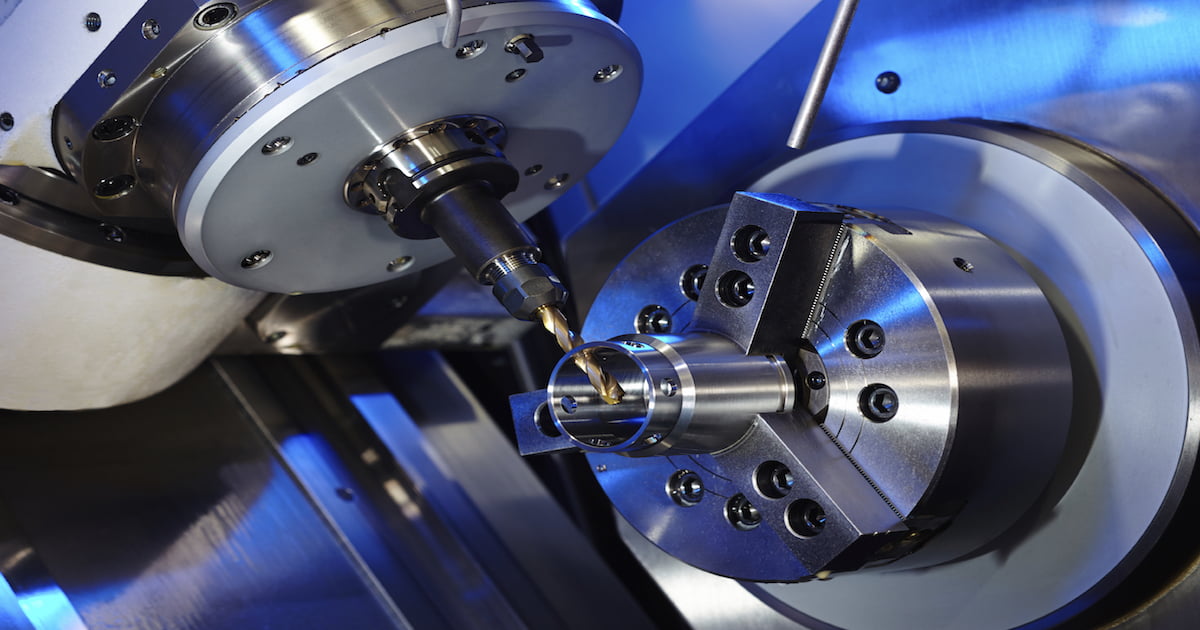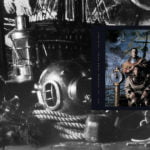It’s the time of year for saving money!
Producing any man made product is a culmination of two philosophies, design and manufacture. It should go without saying that one is of little value without the other. In my visit to the KEF facility in Maidstone-Kent, UK, I was fortunately allowed to get a glimpse and firsthand account into both disciplines. The final product in this case is a speaker system.
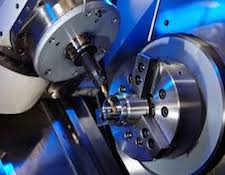 As I described in the design segment of this look into how a company brings a speaker to market, various methodologies are enacted to assure performance – because without design excellence, building anything does not count for very much. Regardless how magnificent a design might be, it also must be buildable. Not being able to put a thing together nullifies the whole exercise of a great design.
As I described in the design segment of this look into how a company brings a speaker to market, various methodologies are enacted to assure performance – because without design excellence, building anything does not count for very much. Regardless how magnificent a design might be, it also must be buildable. Not being able to put a thing together nullifies the whole exercise of a great design.
When building a speaker system in the UK, KEF uses a similar approach to the manufacturer and assembly of the cabinet and component parts of a speaker as they do in designing them. Two things stood out when I toured the manufacturing plant – planning and verification.
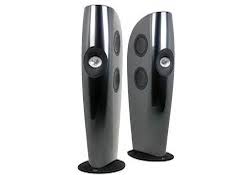 Before a speaker is ready for assembly, the first and most obvious requirement is that all of the parts are on hand and verified. Cabinets for my Blades, for instance are in the plant ready for assembly and the dimensions have been checked to assure they are correct. When building a speaker in England, all speakers are built as matched pairs. KEF does not simply build a number of speakers, pack them in a box and grab any two to fulfill an order. Serial numbers typically end in a “1” for one speaker and a “2” for the other. In addition to building speakers as pairs, only one technician is tasked with the actual assembly process. This not only ensures traceability (through the serial number) but it also assures the manufacture of both speakers is as consistent as possible.
Before a speaker is ready for assembly, the first and most obvious requirement is that all of the parts are on hand and verified. Cabinets for my Blades, for instance are in the plant ready for assembly and the dimensions have been checked to assure they are correct. When building a speaker in England, all speakers are built as matched pairs. KEF does not simply build a number of speakers, pack them in a box and grab any two to fulfill an order. Serial numbers typically end in a “1” for one speaker and a “2” for the other. In addition to building speakers as pairs, only one technician is tasked with the actual assembly process. This not only ensures traceability (through the serial number) but it also assures the manufacture of both speakers is as consistent as possible.
For each and every speaker KEF builds in Maidstone, a certified production model is conspicuously placed within easy access to the assembly cell. These “reference standards” as they are called, are frequently checked and verified as meeting all of the design criteria. So the factory has a verified sample of what a properly built speaker should look like, sound like, and how it should all fit together. Additionally, KEF has a small anechoic chamber right in the manufacturing area where a speaker in production may be checked to assure it meets the design requirements. Included in the literature shipped with my Blades was a certification letter, signed by the technician that built them, showing a frequency graph of the design standard and the actual performance. Should the speaker fall outside of a very narrow tolerance, the speaker will be checked to find out why and corrected. Only when each and every speaker is 100% verified will they be released as meeting the design parameters.
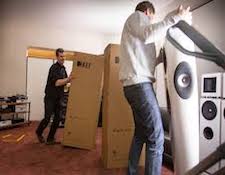 Finishing is also checked. When holding up his hand in front of a Reference 3 speaker being built, Jack Oclee-Brown, the lead acoustical engineer for KEF, and my tour guide, noted that he could see his hand clearly in the reflection- his hand looked like a reflection with no waves at all. While not a test with any type of calibrated gloss meter, it certainly is a quick verification that the finish is correct. Needless to say, all of the finishes are accurately verified to ensure they meet the correct color and gloss. Once the cabinets have been verified for dimensionality and color, once the speakers are assembled, once the speaker is tested to ensure it meets the design standard, once the QC and manufacturing managers have signed off on the final product, the speaker is then packaged and is ready for shipment.
Finishing is also checked. When holding up his hand in front of a Reference 3 speaker being built, Jack Oclee-Brown, the lead acoustical engineer for KEF, and my tour guide, noted that he could see his hand clearly in the reflection- his hand looked like a reflection with no waves at all. While not a test with any type of calibrated gloss meter, it certainly is a quick verification that the finish is correct. Needless to say, all of the finishes are accurately verified to ensure they meet the correct color and gloss. Once the cabinets have been verified for dimensionality and color, once the speakers are assembled, once the speaker is tested to ensure it meets the design standard, once the QC and manufacturing managers have signed off on the final product, the speaker is then packaged and is ready for shipment.
While most companies would be content with one anechoic chamber, KEF actually has two. One, as mentioned above, is in the assembly area. There is a second, and much larger one in a building that is used both for research and development as well as verification of design. This is particularly true when building the Muon, a speaker that is about 80″ tall and weighs in excess of 250 pounds. What I found particularly interesting is that KEF not only has two anechoic chambers, they also have a room that functions in the opposite – an echo chamber.
This room is pretty large, about fifty feet square. It is constructed of concrete block walls, a concrete floor and a plaster ceiling. This is a room designed to enhance slap echo and reverberation. Directly in the middle of the room is a pneumatic lift so that a speaker can be raised to various heights and test tones may be played, measured and recorded. On one wall there is a single UniQ driver mounted on a piece of plywood with multiple sensors hanging in free air at various positions and heights. This set up is used to confirm that the UniQ driver in any one speaker is performing as required. Jack noted that this room, while somewhat unique, is very instrumental in helping KEF to understand what their designs are doing in all conditions. While it is true such a room is not representative of most listening environments, it is evidence of the attention to detail KEF uses in designing and building their speakers.
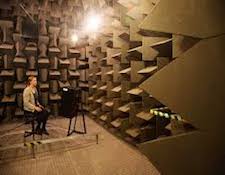 Like all world class manufacturers, KEF employs a disciplined, dedicated effort in designing and building a speaker. What my visit to the Maidstone facility demonstrates is that to build a world class product, it takes a team effort in designing, building, testing, verifying and even packaging to deliver a high performance product.
Like all world class manufacturers, KEF employs a disciplined, dedicated effort in designing and building a speaker. What my visit to the Maidstone facility demonstrates is that to build a world class product, it takes a team effort in designing, building, testing, verifying and even packaging to deliver a high performance product.
I would like to thank Mr. Johann Coorg for setting up my visit to KEF, to Steve Halsall, Assistant Managing Director, the entire engineering team for their time, and most especially to Mr. Jack Oclee-Brown for taking his valuable time to graciously show me the methodology into how KEF designs and builds their line of speaker systems.
